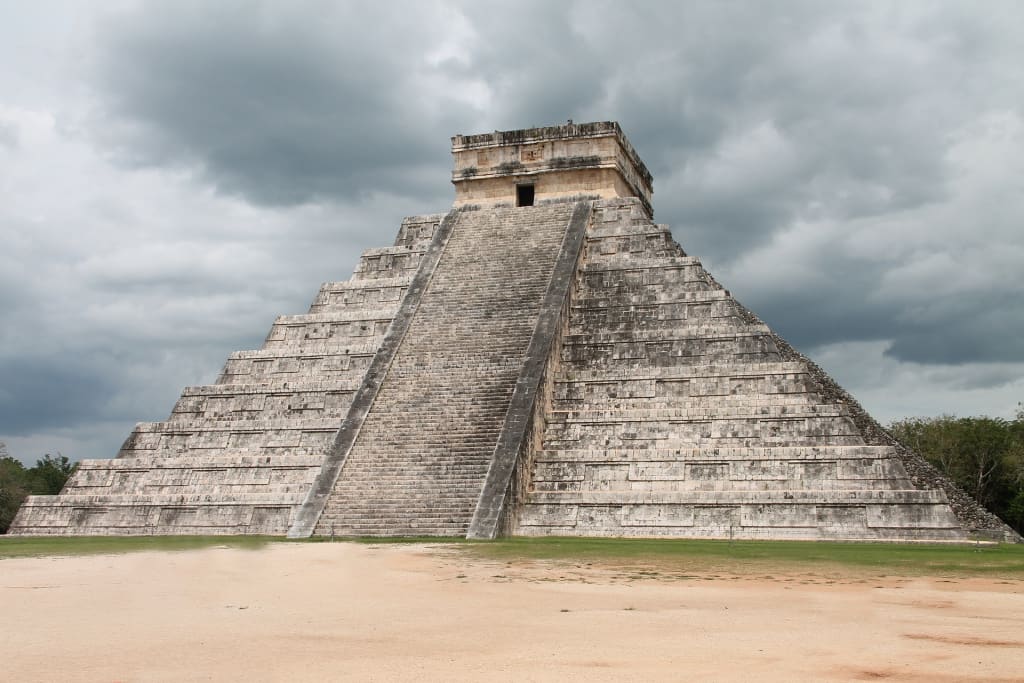Unveiling the Secrets of the Hidden Maya Civilization
A Journey Through Time

The Maya civilization, with its magnificent cities, advanced knowledge, and enigmatic decline, continues to captivate the imagination of scholars and adventurers alike. Nestled deep within the dense jungles of Central America, the Maya left behind a rich legacy of architectural marvels, intricate hieroglyphic script, and complex astronomical observations. In this article, we embark on a journey through time to unravel the secrets of this ancient civilization and shed light on their remarkable achievements and enduring mysteries.
The Rise of the Maya:
The Maya civilization emerged around 2,000 BCE in the Yucatán Peninsula, encompassing present-day Mexico, Guatemala, Belize, and Honduras. The Maya people were adept at harnessing the resources of their environment, utilizing sophisticated agricultural techniques such as raised fields, terracing, and irrigation. Their mastery of agriculture allowed them to support a growing population and establish city-states with magnificent temples, palaces, and ball courts.
Architecture and Engineering Marvels:
The Maya were master architects, constructing awe-inspiring cities such as Tikal, Palenque, and Chichén Itzá. Their structures, adorned with intricate carvings and vibrant murals, showcased a profound understanding of mathematics, astronomy, and acoustics. The towering pyramids, such as the Temple of the Great Jaguar at Tikal, and observatories, like El Caracol at Chichén Itzá, aligned with celestial events, revealing the Maya's deep connection with the cosmos.
The Written Word:
The Maya developed one of the most sophisticated writing systems in the ancient world. Their hieroglyphic script recorded historical events, astronomical observations, and religious rituals. For centuries, this script remained undeciphered until breakthroughs in the 20th century allowed scholars to unlock its secrets. The Dresden Codex, a surviving Maya book, provides invaluable insights into their beliefs and traditions, while the Popol Vuh, a Maya creation myth, offers a glimpse into their cosmology.
Mathematics and Astronomy:
The Maya's profound understanding of mathematics is evident in their intricate calendar systems. They devised a remarkably accurate solar calendar, the Haab, consisting of 365 days. Additionally, they developed a ceremonial calendar, the Tzolk'in, which consisted of 260 days. These two calendars interlocked to form the Long Count calendar, which allowed the Maya to track longer periods of time. Through meticulous observations, the Maya could predict celestial phenomena, eclipses, and the movements of Venus, influencing their religious practices and governance.
Mysterious Decline:
One of the greatest enigmas surrounding the Maya civilization is its sudden collapse around the 9th century CE. The once-thriving cities were abandoned, and the intricate network of city-states disintegrated. Theories abound, ranging from environmental degradation to political unrest and socioeconomic factors. Recent research suggests a combination of droughts, overpopulation, and warfare may have contributed to their downfall. The Maya civilization's decline remains a topic of ongoing research and debate, highlighting the complexities of societal collapse.
Maya Legacy and Modern Influence:
Although the Maya civilization declined, its legacy endures. Today, Maya descendants preserve their rich cultural heritage through their language, customs, and artistry. The Maya language continues to be spoken, with over six million Maya people maintaining their linguistic traditions. Maya art, with its distinctive style and symbolism, continues to influence contemporary artists. Visitors to the region can explore ancient ruins, witness vibrant ceremonies, and engage with contemporary Maya communities, gaining a deeper appreciation for their enduring legacy.
The Maya civilization remains a testament to human ingenuity and resilience. From their awe-inspiring architecture and advanced knowledge of mathematics and astronomy to their enigmatic decline, the Maya continue to fascinate and inspire us. As we uncover more of their secrets, through archaeological discoveries and ongoing research, we gain a greater understanding of our shared human history and the profound impact of this ancient civilization on our modern world. The Maya's legacy serves as a reminder of the ingenuity and creativity that can emerge from even the most challenging environments, leaving an indelible mark on the tapestry of human civilization.
About the Creator
John Antony
Traveler | Photographer | Writer
Author of Embracing Uncertainty: Navigating Life's Transitions and Relationships With Resilience and Compassion [Click to buy]
Enjoyed the story? Support the Creator.
Subscribe for free to receive all their stories in your feed. You could also pledge your support or give them a one-off tip, letting them know you appreciate their work.
Reader insights
Nice work
Very well written. Keep up the good work!
Top insight
Easy to read and follow
Well-structured & engaging content






Comments (1)
Nice Article...